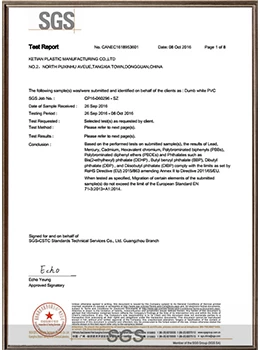After a product is born, there are always people thinking about copying, counterfeiting, or even just borrowing the name, etc. This practice greatly harms the interests of consumers and genuine merchants, and disrupts the market. As a result, anti-counterfeiting NFC against counterfeit and shoddy products Tag technology is born naturally!

There are many kinds of anti-counterfeiting technologies on the market, such as laser anti-counterfeiting, code anti-counterfeiting, QR code anti-counterfeiting, RFID anti-counterfeiting, NFC anti-counterfeiting, blockchain traceability, etc. With the development of science and technology, more anti-counterfeiting technologies will appear in the future. What we are going to talk about now is the types of anti-counterfeiting of NFC tags.
The first is the NFC fragile tag:
In response to the actions of counterfeiters recycling labels, filling real bottles with fake wine, etc., fragile labels are made, and the label structure design is added. As long as the wine is opened, the label will be broken and cannot be reused! If the label is removed, the label must be broken and cannot be used even if it is removed.

The second type of NFC anti-cloning:
In response to the behavior of the counterfeiter cloning the tag, the NFC chip in the tag is implemented with a high-security encryption algorithm built into the chip, and the asymmetric encryption algorithm is used to obtain the ciphertext. Such ciphertext is irreversible. Even if the counterfeiter obtains the chip ID, The ciphertext cannot be obtained either. The high cost of NFC chips would have discouraged many counterfeiters. Coupled with high-security encryption algorithms and irreversible ciphertexts, the idea of cloning and imitation by counterfeiters was completely shut out.

The security of the NFC chip itself:
The 7-byte unique UID is burned to death after leaving the factory to ensure that the ID number is unique. After the data is written, it burns to death, and no one (including the developer) can change it and can only read it. It is protected by a 32-bit key and cannot be written without authorization. 16-bit key authentication returns data, and the key brute force attack invalidation times setting function.
Other skills of NFC anti-counterfeiting god:
No APP is required. Consumers use NFC for anti-counterfeiting verification without downloading an APP, which is one of the differences from RFID anti-counterfeiting. No APP required makes NFC anti-counterfeiting a better user experience.









